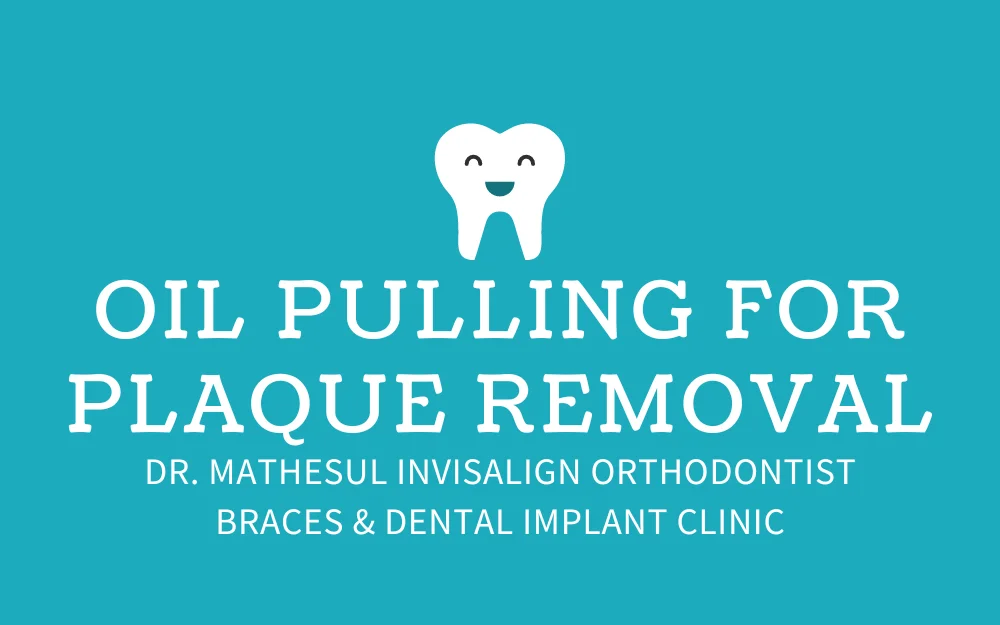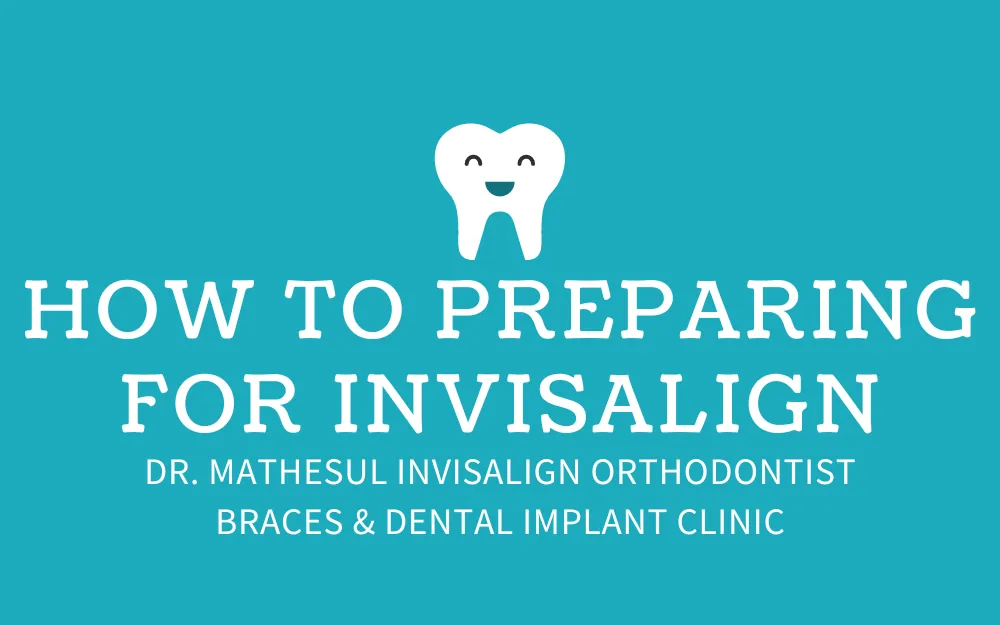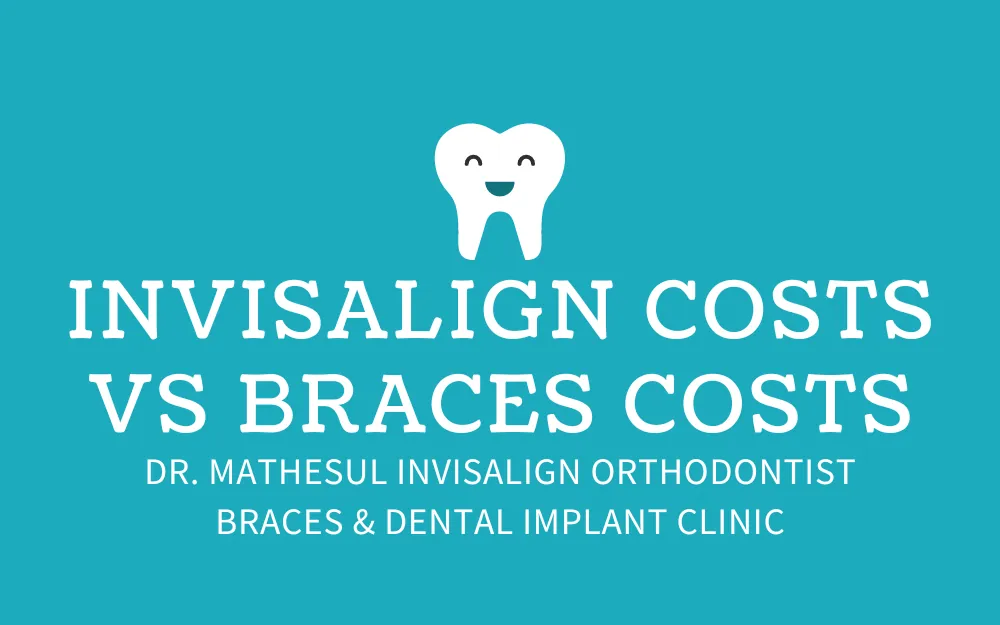What is teeth polishing? It’s not just a dental chore; it’s your secret weapon for a killer smile.Have you ever wondered when and how often to unleash this dental superhero? Buckle up because we’re diving into the nitty-gritty of tooth polishing.
Find out the ideal frequency, understand the cues your teeth give you, and discover the art of timing for that sparkling grin. Let’s ensure your teeth are polished to perfection – it’s time to get the lowdown!
Table of Contents
ToggleWhat is Teeth Polishing?
Teeth polishing is a detailed dental treatment to keep teeth healthy and looking great. It uses unique tools and materials to remove stains, plaque, and other buildup from the tooth surface, giving it a clean, polished look. Skilled dental cleaning professionals carry out this procedure carefully, ensuring your teeth look good and stay healthy in the long run.
What are the Benefits of Teeth Polishing?

It Prevents Cavities
At the forefront of the benefits of tooth polishing is its remarkable ability to prevent cavities. The procedure goes beyond the surface, eliminating plaque – a sticky film of bacteria known for causing decay. By reaching intricate areas often missed by regular brushing, tooth polishing adds an extra layer of defense against the formation of cavities.
It Stops Tooth Loss
Tooth polishing goes beyond preventing cavities; it’s crucial in averting tooth loss. By sustaining oral health, polished teeth are more resistant to decay and gum disease, significantly lowering the chances of premature tooth loss. It’s a critical factor in maintaining a healthy, complete set of teeth.
It Freshens the Breath
Tooth polishing offers more than just a clean-looking smile. It’s also great for freshening breath, which is often overlooked. By carefully removing plaque and bacteria, this procedure visually cleans your mouth and refreshes your breath. This contributes to better overall oral hygiene.
It Brightens the Smile
Stains from daily indulgences such as coffee, tea, and lifestyle choices can gradually dull a once-bright smile. Tooth polishes serves as a remedy by effectively removing these stains, restoring the natural brightness of teeth, and enhancing the overall aesthetic appeal of one’s smile.
Your Health Improves
The correlation between oral health and overall well-being is well-established. polishing tooth, by preventing oral issues, contributes to general health improvement. Healthy teeth and gums positively impact various health aspects, including cardiovascular health and diabetes.
It Reduces Plaque
Plaque buildup is a pervasive dental concern that can lead to many problems. Tooth polishing, with its thorough approach, reduces plaque effectively, preventing it from hardening into tartar. This not only aids in cavity prevention but also mitigates the risk of gum diseases associated with excessive plaque.
It Protects the Enamel
The outer layer of teeth, known as enamel, is integral for dental health. Tooth polishing is a protective measure by removing surface stains and preventing erosion. This safeguard ensures teeth’ longevity and durability, contributing to maintaining a robust and healthy smile. In the next section, we will investigate the cost of tooth polishing and whether it can be done at home.
How Much Does Tooth Polishing Cost?
The price of tooth polishing can vary depending on different factors, so it’s essential to consider various elements when estimating expenses. Factors like location, the dental professional’s skill level, and the procedure’s complexity affect the overall cost.
Typically, on average, individuals can expect to pay between $50 and $200 for a tooth polishing session. It’s important to note that dental insurance plans may cover a portion or the entirety of tooth polishing expenses. To gain clarity on your coverage, it is advisable to check with your insurance provider. Regular dental check-ups, which often include tooth polishing, are a worthwhile investment in maintaining oral health and preventing potential complications.
Can You Polish Your Teeth at Home?
Be careful with at-home teeth polishing products. Many claim to give you a pro polish, but it’s essential to be cautious. Professional tooth polishing involves special tools and expertise to clean thoroughly without causing harm. It’s about more than just the tools and knowing how to use them correctly.
Trying tooth polishing at home without the proper knowledge and tools can have unintended consequences, like damaging the enamel. Enamel is a vital protective layer for your teeth; mishandling it can lead to sensitivity and other problems. Leaving professional tooth polishing to the experts is essential to avoid these issues.
Dental professionals customize tooth polishing procedures according to individual oral health needs. Trying a generic approach at home might not tackle specific concerns and could worsen existing poor dental problems. It’s best to trust the personalized care provided by dental experts. The following sections will delve into the tooth polishing procedure, its objectives, and its advantages.
Tooth Polishing Procedure

The tooth polishing procedure is a detailed and meticulous process performed by dental professionals to ensure each tooth’s thorough cleaning and polishing. This precise technique involves using specialized tools and materials to achieve optimal results. Here’s an overview of the typical tooth polishing procedure:
Assessment:
- The process starts with a thorough assessment of the patient’s oral health. The dental professional examines the teeth, identifying areas needing special attention during polishing. This initial evaluation helps tailor the tooth polishing to address specific dental needs.
Preparation:
- Before the polishing begins, the dental professional ensures that the teeth are free from debris or plaque. This often involves a preliminary cleaning to create an ideal surface for the polishing process.
Prophy Cup and Paste:
- A prophy cup, a small rubber tool, is used with a gritty polishing paste. This paste is typically composed of abrasive materials that aid in removing stains and plaque from the tooth surface.
Individual Tooth Polishing:
- The dental professional applies polishing paste to each tooth one by one. They use a prophy cup to carefully polish the surface of each tooth, focusing primarily on areas with visible stains or deposits. This meticulous approach ensures thorough cleaning and a polished finish for every tooth.
Rinsing:
- Once the polishing is complete, patients are asked to rinse their mouths to remove any residual polishing paste and debris. This step ensures the patient leaves with a clean and refreshed oral environment.
Assessment of Results:
- After the tooth polishing procedure, the dental professional checks the results. They might compare before-and-after visuals to ensure stains are gone, and the teeth look polished. This helps ensure that the procedure was effective in achieving the desired outcome.
Objectives of Tooth Polishing
The primary goals include:
Removing Stains:
- Tooth polishing is highly effective in eliminating stains caused by various factors, including coffee, tea, red wine, and tobacco consumption. The abrasive action of the polishing paste helps lift and remove these extrinsic stains from the tooth surface.
Preventing Decay:
- Carefully removing plaque during tooth polishing is crucial for preventing cavities. This process helps stop the buildup of plaque and the formation of tartar, playing a vital role in keeping your oral health in top condition.
Improving Aesthetics:
- Tooth polishing does more than keep your teeth healthy. It also makes your smile look better by bringing back your teeth’ natural shine and brightness. This improves how your teeth feel and boosts your confidence in your smile.
Which Type of Stains Can Tooth Polishing Remove?
Tooth polishing is particularly effective in removing extrinsic stains, which are stains on the outer surface of the teeth. These stains result from external factors such as food, beverages, and lifestyle choices. Tooth polishing can effectively eliminate stains caused by:
- Coffee: Dark pigments in coffee can lead to stubborn stains on teeth.
- Tea: Both black and green teas contain tannins that contribute to staining.
- Red Wine: The deep coloration of red wine can leave noticeable stains on teeth.
- Tobacco: Nicotine and tar in tobacco products can lead to yellowing and discoloration of teeth.
Teeth Polishing – Dentistry
Teeth polishing in dentistry encompasses various techniques tailored to specific needs. Each type of polishing serves distinct purposes and contributes to overall oral health. Here are the different types of teeth polishing:
Therapeutic Polishing
Therapeutic polishing is focused on prevention and treatment. It involves the removal of plaque and the application of polishing agents to assist in cavity prevention. This type of polishing is particularly beneficial for maintaining optimal oral health.
Coronal / Cosmetic Polishing
Cosmetic polishing, often called coronal polishing, aims to enhance the appearance of teeth.
It involves the removal of surface stains, imperfections, and discolorations to achieve a brighter and more polished smile.
This type of polishing contributes to the aesthetic aspects of dentistry.
Superficial Polishing
Superficial polishing is a quick and efficient procedure addressing mild tooth surface stains.
While not as extensive as cosmetic polishing, it provides an immediate aesthetic improvement, making it suitable for individuals with minor staining concerns.
Why Is Teeth Polishing Required?

Here are the key reasons why teeth polishing is deemed necessary:
Stain Removal:
- Teeth polishing effectively eliminates extrinsic stains caused by everyday indulgences like coffee, tea, wine, and tobacco. This aesthetic improvement contributes to a brighter and more appealing smile.
Cavity Prevention:
- The meticulous removal of plaque during tooth polishing plays a pivotal role in preventing cavities. By addressing plaque buildup and potential tartar formation, tooth polishing is a proactive measure against dental decay.
Gum Disease Prevention:
- Reduced plaque and tartar contribute to the prevention of gum diseases. Tooth polishing helps maintain healthy gums by minimizing the factors that could lead to inflammation and periodontal issues.
Enamel Protection:
- Tooth polishing protects the enamel—the outer layer of teeth—by removing surface stains and preventing erosion. This safeguard ensures the durability and longevity of the teeth.
Enhanced Aesthetics:
- Beyond its functional benefits, tooth polishing enhances the aesthetics of the teeth. Restoring natural shine and brightness contributes to an overall improved appearance, boosting confidence in one’s smile.
Fresh Breath:
- The removal of plaque and bacteria during tooth polishing results in fresher breath. This additional oral hygiene benefit contributes to an overall sense of cleanliness and well-being.
Which Doctor to Consult?
For teeth polishing and overall oral health, it is advisable to consult a dentist or a dental hygienist. Both professionals are well-equipped with the expertise and training to perform tooth polishing procedures safely and effectively.
Dentist:
- Dentists are primary oral healthcare providers who can diagnose and treat various dental issues. They oversee oral health, including routine cleanings and procedures such as tooth polishing. Consulting a dentist ensures a comprehensive dental care approach, addressing preventive and corrective needs.
Dental Hygienist:
- Dental hygienists specialize in preventive dental care, including cleanings and polishing. They work alongside dentists to provide routine dental care and may perform tooth polishing during regular check-ups. Dental hygienists are crucial in maintaining optimal oral health and preventing dental issues.
FAQ More About Teeth Polishing
Is Polishing Good for the Teeth?
Indeed, polishing is advantageous for teeth. It aids in removing stains, preventing cavities, and maintaining overall oral health.
Is Teeth Polishing the Same as Cleaning?
While both involve cleaning the teeth, polishing specifically focuses on removing stains and polishing the tooth surface, enhancing its appearance.
How Long Does Tooth Polishing Last?
The effects of tooth polishing can last for several months. However, regular dental check-ups and cleanings are recommended to maintain optimal oral health.
Is Polishing the Same as Whitening?
No, polishing and whitening are different procedures. Polishing removes surface stains, while whitening involves lightening the color of the teeth.
Can I Polish My Teeth at Home?
Trying to polish your teeth at home is not advised. It’s a task that demands professional knowledge and tools to guarantee a thorough cleaning without causing any harm.
What Comes After Polishing?
After polishing, maintaining good oral hygiene practices, including regular brushing and flossing, is essential. Follow your dentist’s recommendations for optimal oral health.
Conclusion
In summary, getting your teeth polished goes beyond just making your smile look nice. It’s a dental procedure that does more than enhance your appearance—it plays a crucial role in preventing dental problems. So, the next time you’re at the dentist, opting for the prophy cup can be the secret to a healthier, brighter, and more confident you. Remember, a healthy smile is the path to a healthier overall you.





